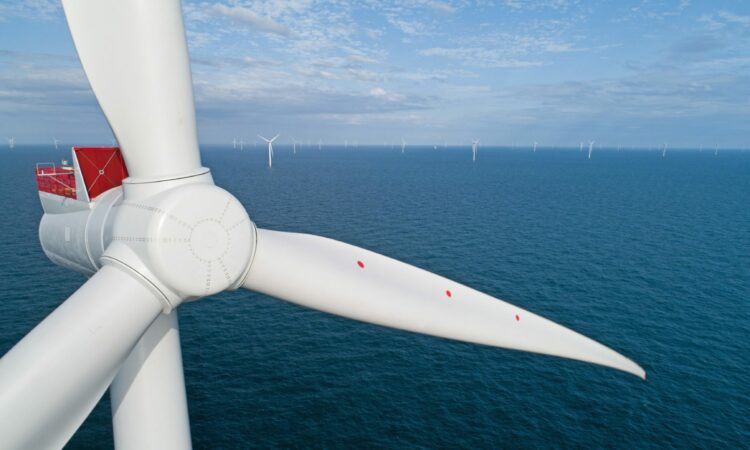
A new report has found nearly two thirds (63%) of UK energy companies have moved, or plan to move, investments overseas to a market more supportive of their sustainability goals.
The UK Sustainable Investment and Finance Association (UKSIF) report found implementing key policy measures could unlock a potential £115 billion worth of investment in the UK energy sector.
As part of the research, UKSIF surveyed 100 “business decision makers” across the UK energy sector, representing £700bn in turnover.
Nearly nine in ten (87%) of UK energy businesses agreed that changes to UK policy are essential to make the UK an attractive investment location for green energy.
Meanwhile, 81% of large UK energy companies agree that the UK is falling behind other countries in the race to become the most investible market for low-carbon energy.
UKSIF chief executive officer James Alexander said an “international race is underway” for green energy investment, and the UK is “taking its leadership position for granted”.
“This report highlights the abundance of private capital that is waiting to be deployed to close the funding gap and help accelerate the UK’s energy transition, with companies clearly showing that they are willing to take this investment elsewhere if policy does not evolve,” Mr Alexander said.
“We are calling for practical and cost-effective measures that will advance the transition to a green economy and bring direct benefits to both consumers and the UK economy.
“Not only do we see no excuses not to accelerate these, failure to do so limits the UK’s growth potential, will continue to cause costs to consumers and threatens the UK’s position as a world leader in green finance and the undisputed financier of the net zero transition.”
UK energy policy reform
The report identified three policy measures required to facilitate greater investment and faster delivery of the UK’s future energy infrastructure.
These include overhauling planning rules for renewables projects, ensuring adequate grid capacity, and reforming pricing mechanisms.
The report pointed to Denmark as a case study for the UK to follow in reforming permitting for offshore wind.
UKSIF said the Danish Energy Agency provides a “one-stop-shop” approach for offshore wind projects, offering a single comprehensive permit license to developers
on behalf of seven participating authorities.
According to the report, the International Energy Agency estimates that the faster commissioning of projects in the pipeline and simplified permitting could provide an additional 1GW of utility scale solar PV capacity and 1GW of wind in Denmark.
This “practical approach” has resulted in a more efficient permitting process helping developers to move more quickly, the report said.
UKSIF said streamlining the consenting process and shortening decision timelines could lead to 40% of energy companies increasing their investment in sustainable energy in the UK.
The report called for the introduction of a legal requirement for five-yearly reviews of National Policy Statements and updating regulations to remove all special planning requirements for onshore wind projects.
RenewableUK director of strategic communications Nathan Bennett said it currently takes longer to get consent for an offshore wind farm than to build it.
“The UK’s planning system and consenting rules urgently need to be streamlined and shortened, with timeframes for decision-making set out clearly and proper resourcing provided for planning authorities,” he said.
Grid capacity
The report also called for policy measures enabling gird regulator Ofgem to permit greater private sector investment.
This would “help rapidly build out the grid” and associated infrastructure, allowing a greater number of low carbon projects to be invested in and connected, the report found.
Last year, the UK government announced it accepted ‘all’ advice from the Winser Review, which set out measures to halve the time taken to build new transmission.
Grid connection is a key challenge for new renewable energy projects as well as efforts to electrify offshore oil and gas assets.
Association for Renewable Energy and Clean Technology policy director Frank Gordon said the issues faced by renewables developers are “ultimately slowing the ability of private capital to enter the UK energy market”.
“Delays in getting planning permission or a sensible grid connection date are making projects unfinanceable and ultimately slowing the UK’s ability to build an affordable, secure and decarbonised energy system,” Mr Gordon said.
CfD reforms
Finally, the report recommended an overhaul to the UK government’s Contracts for Difference (CfD) allocation rounds.
It recommended update CfD parameters and procuring generation based on a capacity basis, rather than on budget.
The UK government has already announced in increase in the ‘strike price’ for Allocation Round 6 after the fifth round failed to receive any bids from the offshore wind sector.
The UKSIF report recommended reforming the way the government calculates strike prices and setting out a “three-year ahead” timetable to provide long term confidence for investors.
Other recommendations included reforming CfD parameters to support investment in the struggling UK supply chain and prioritising the timely delivery of the Review of Electricity Market Arrangements (REMA).
Energy UK chief executive officer Emma Pinchbeck said the UK cannot “rest on past achievements”, with the country forecast to have the slowest growth in low-carbon electricity generation of the world’s eight largest economies between now and 2030.
“Reaching Net Zero will require an estimated five-fold increase in current investment levels by 2030 – and around two-thirds of this will come from the private sector,” Ms Pinchbeck said.
“This will only happen if investors have the confidence and the right environment to justify committing funding to the UK over the long term.”
Recommended for you

UK subsea sector calls for more surety and less ‘political point scoring’

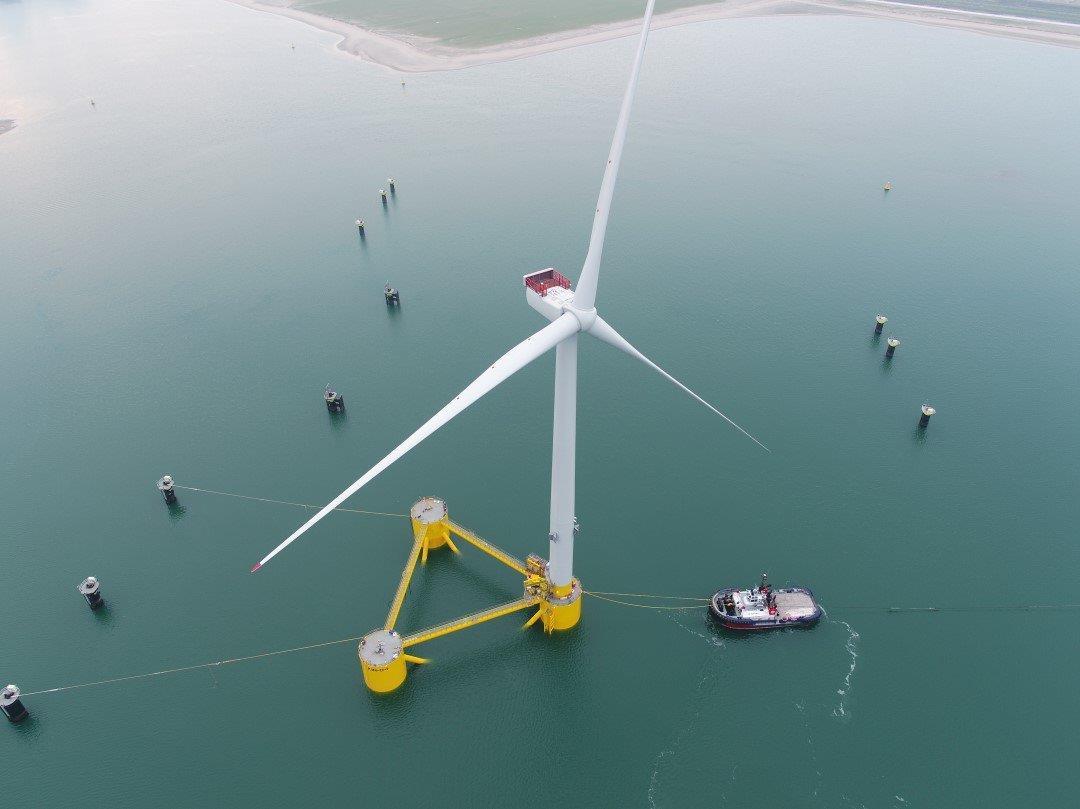 © Supplied by Statkraft
© Supplied by Statkraft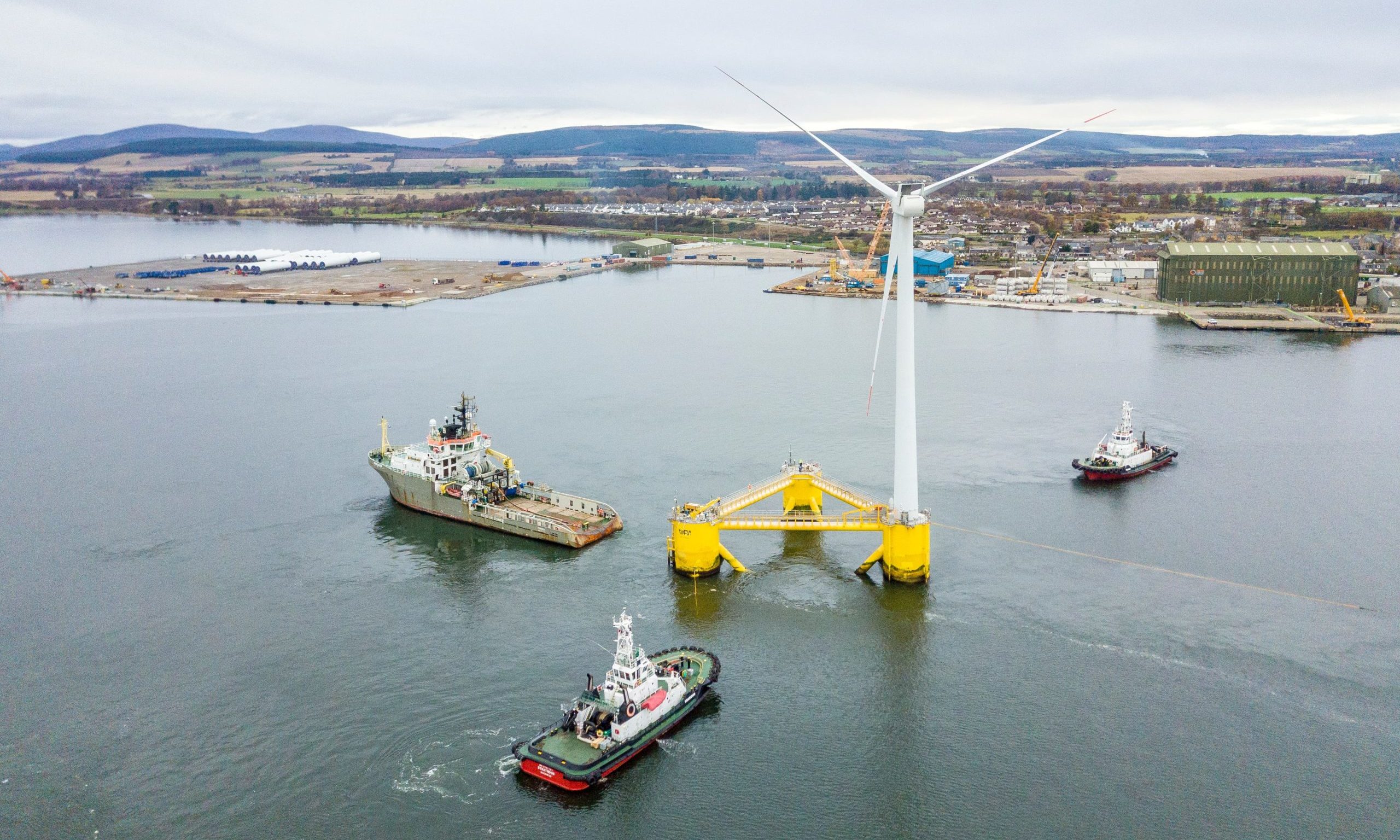
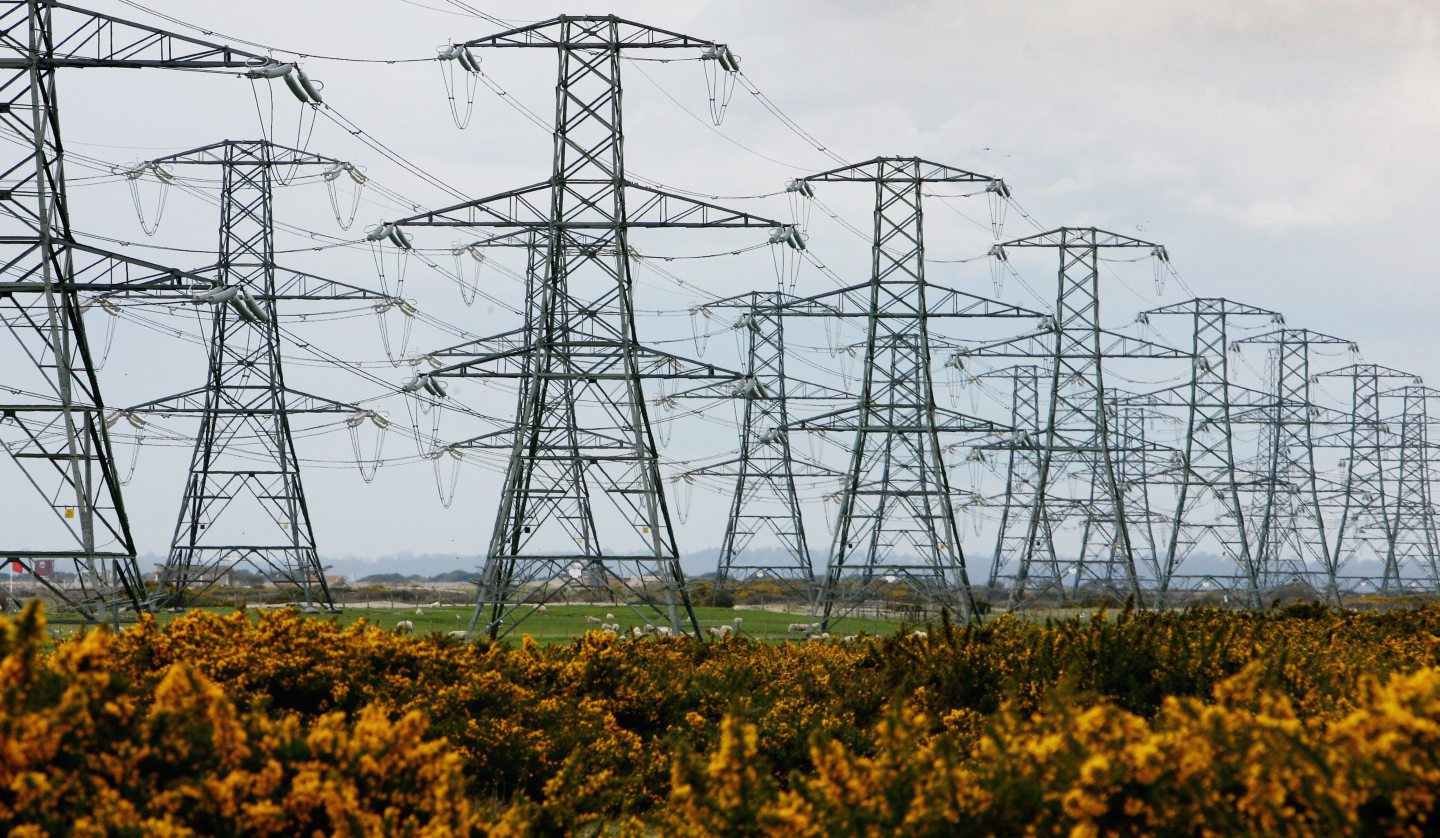 © PA
© PA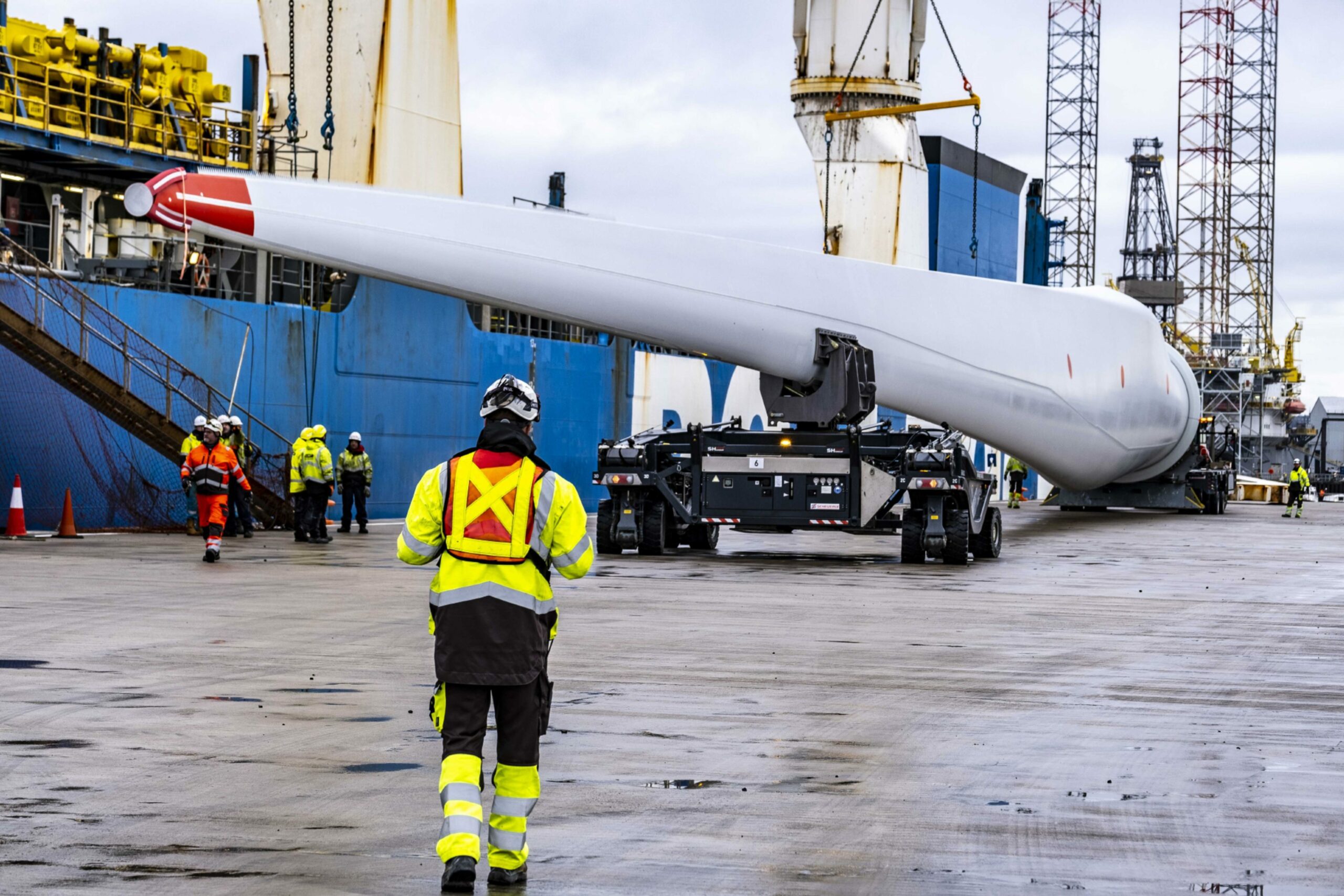 © Supplied by Forth Ports
© Supplied by Forth Ports




